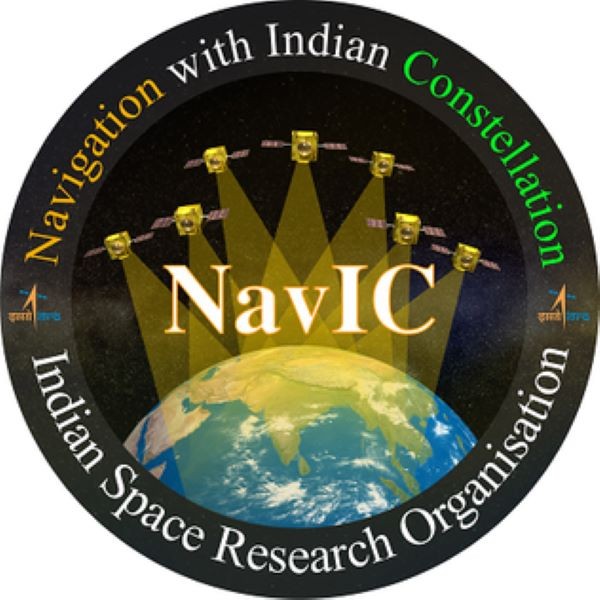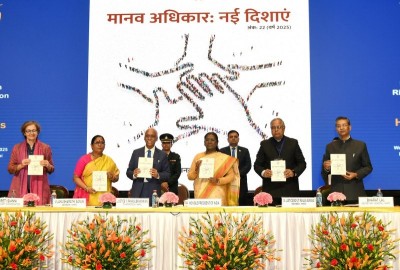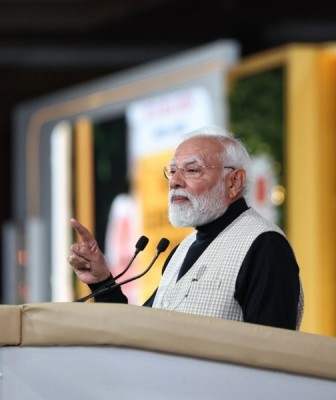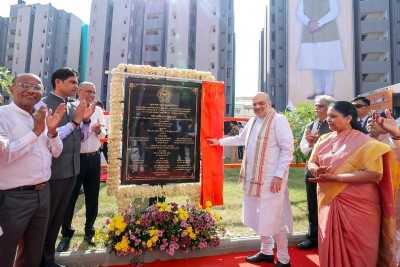
India to switch to 'one nation, one time' with NavIC-linked atomic clocks
New Delhi: India is preparing to upgrade its timekeeping system, moving from GPS-based synchronization to using the Navigation with Indian Constellation (NavIC) linked with atomic clocks, according to a Times of India report.
This transition, expected in the coming months, will ensure millisecond-accurate Indian Standard Time (IST) through a network managed by the National Physical Laboratory (NPL).
The NPL in Faridabad will receive reference time from NavIC satellites, which will then be distributed via optical fibre links to centres in Ahmedabad, Bengaluru, Bhubaneswar, and Guwahati.
Each of these centres is equipped with atomic clocks to maintain ultra-precise timekeeping.
Once operational, digital devices like smartphones and laptops will rely on this unified time standard instead of sourcing data from varied GPS-linked providers.
The initiative aims to establish "one nation, one time."
The project has its roots in the aftermath of the Kargil War when India's lack of access to foreign satellite data underscored the need for an independent system.
The government initiated work on this strategic project approximately seven years ago.
According to Consumer Affairs Secretary Nidhi Khare, most of the technical groundwork for the Time Dissemination Project has been completed, with atomic clocks already installed at four regional centres, said the TOI report.
A successful test of the NavIC link with NPL was conducted a few months ago.
Aligning the clocks across centres with the Faridabad facility is currently underway to compensate for data transfer delays through optical fibre cables.
An atomic clock operates by leveraging the resonance frequencies of atoms, offering unparalleled precision.
Notably, these clocks lose only one second every 100 million years.
Critical sectors such as power grids, telecommunications, banking, defence, and transportation will benefit from synchronised operations, enhanced efficiency, and resilience against cyber threats.
While technical preparations are ongoing, draft rules have been issued, mandating IST as the standard time reference for legal, administrative, commercial, and official purposes nationwide.
Exceptions will apply to specialised fields like astronomy, navigation, and scientific research, subject to prior government approval.
Violations of these rules will attract penalties.
Support Our Journalism
We cannot do without you.. your contribution supports unbiased journalism
IBNS is not driven by any ism- not wokeism, not racism, not skewed secularism, not hyper right-wing or left liberal ideals, nor by any hardline religious beliefs or hyper nationalism. We want to serve you good old objective news, as they are. We do not judge or preach. We let people decide for themselves. We only try to present factual and well-sourced news.







